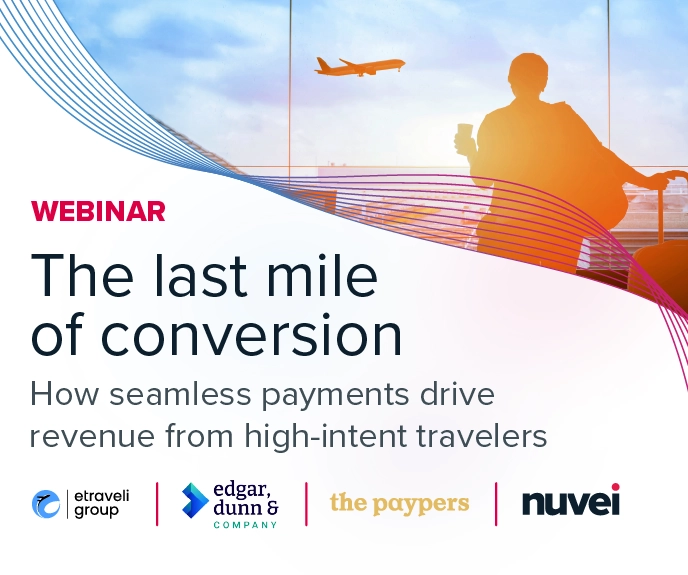Why alternative payment methods are paramount to a winning payment strategy
Key considerations for merchants wishing to incorporate APMs into their payment flows

One of the biggest trends to shape the global payments industry of late is the rise of alternative payment methods. Alternative payment methods (APMs) empower consumer preference and help increase transaction acceptance rates, which is why they are a key component of any winning payment strategy.
But payment method choice can differ depending on customer preference and often location too. So, let’s look at the evolution of APMs and some key considerations for merchants wishing to incorporate APMs into their payment strategy. What has fueled the rise in APMs globally?
Domestic schemes
Born out of a desire for governments to gain independence from global card networks and a drive to improve efficiency across the payment ecosystem, domestic schemes are a key APM driver. Pix, rolled out by the Banco Central do Brasil in Nov. 2020, was built for efficiency and financial inclusion. It now has 107.5 million registered accounts, more than half of the country’s population. According to central bank data, Pix payments volume is already equivalent to 80% of debit and credit card transactions. Further examples include internet banking transfers and local payment schemes such as iDEAL in The Netherlands and Multibanco in Portugal.
Open banking
Underpinning much of the innovation today, including the rise of real-time payments, open banking provides a secure and frictionless alternative to card payments. It enables anyone with a bank account and a mobile phone to make a payment and provides merchants with additional benefits such as lower processing fees and reduced chargebacks.
Buy Now Pay Later (BNPL)
The flexibility and convenience of BNPL has enjoyed initial success, particularly in the retail sector and with younger shoppers. BNPL adoption is expected to grow steadily, with a CAGR of 24.5% during 2022-2028.
Digital wallets
A report by Mordor Intelligence estimated that between 2021-2025 the adoption of digital wallet apps, such as Google Pay and Apple Pay, will increase by a compound annual growth rate of 26.9%. Mobile payments are far more seamless and intuitive for the consumer and this has led to an increase in the usage of digital wallets. Additionally, the growing prominence of brands like PayPal and a heightened consumer focus on security have also contributed to the popularity of digital wallets.
Cryptocurrencies
While still nascent and not a widely adopted payment method, cryptocurrency is slowly gaining traction as major brands like Microsoft, Home Depot and even Starbucks are leading the charge on acceptance.
Growth in these methods has helped shape consumer attitudes toward using alternatives when paying for goods and services. But what makes APMs tricky for merchants? – a lack of uniformity when it comes to accepting and processing alternative payment methods globally.
In the Netherlands for example, most consumers use iDeal but in Brazil, it’s Pix or Boleto and some of those methods are based on offline dynamics. Throughout Asia Pacific WeChat and AliPay are by far the most popular forms of payment. Just looking at China, The Netherlands, and Brazil, without accepting payments through the popular local methods, merchants would risk losing out on addressing a large percentage of their target market. The US is largely dominated by ACH, RTP, PayPal and cards – but even cards are complicated because not all cards are created equal. So, merchants wishing to operate in multiple regions, need relationships with domestic players.
If merchants can’t accept payments using methods their customers know and trust, in countries they operate in or wish to expand to, those transactions are lost. So, payment localization makes good business sense, and it is paramount for payment partners to connect into multiple APMs globally and offer the right APM mix.
.svg)
Payments designed to accelerate your business
Choose Nuvei for payments that work harder to convert sales and boost your bottom line.



.webp)
